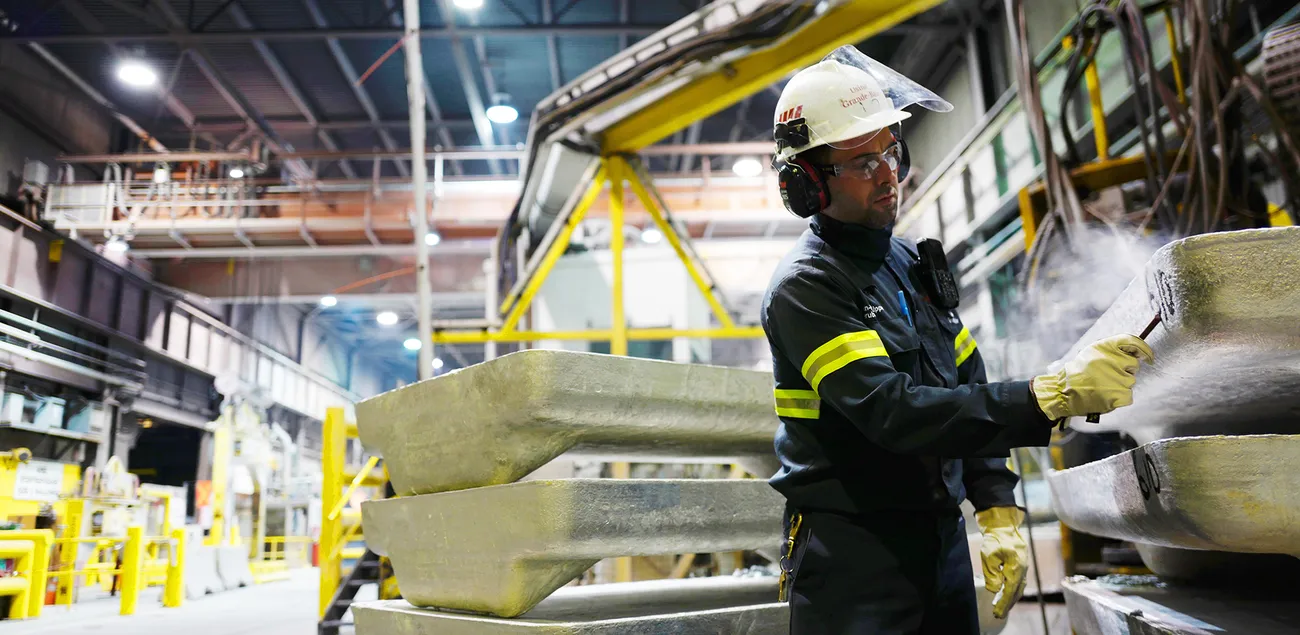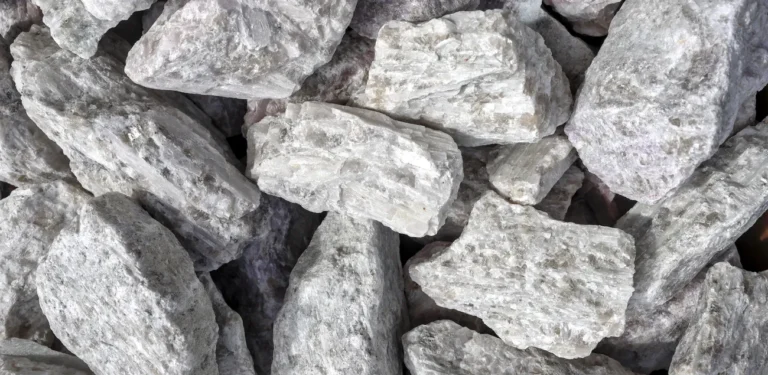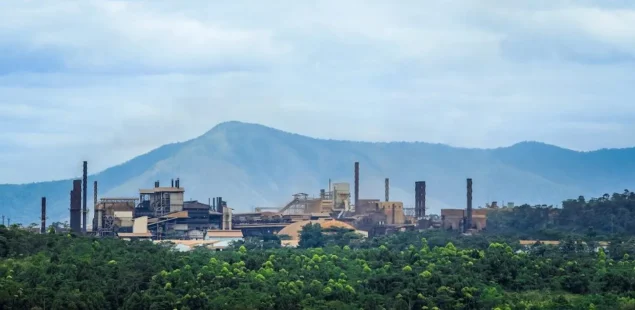
Rio Tinto, diversified mining group, has absorbed about $300 million in extra costs since March after the United States lifted import duties on Canadian aluminium to 50 per cent, a move the company says only partly offset by a surge in U.S. Midwest premiums for the metal.
Tariff Impact on Rio’s Aluminium Flows
The miner shipped 723,000 tonnes of primary aluminium into the United States in the first half of 2025—roughly three-quarters of its Canadian output—meaning every tonne now attracts a duty of around $1,200 at current market prices. The March tariff of 25 per cent was largely neutralised by a quick rise in regional premiums, Rio said, but June’s escalation to 50 per cent “has not been entirely offset.”
Premiums Cushion First-Wave Costs, But Not the Second
Midwest duty-paid premiums spiked to 58 cents per pound ($1,279 t) in early June, up 164 per cent year-to-date, and have since held near 55 cents as buyers scramble for tariff-free units from remelt scrap and billet. Analysts reckon the premium must reach roughly 68 cents to neutralise the full 50 per cent duty—a level many downstream users say would force them to cut demand.
Copper Levy Looms; Production Guidance Raised
The White House has also slated a 50 per cent tariff on Canadian copper starting 1 August. While Rio extracts only small volumes of the metal in Canada, the levy raises costs for U.S. fabricators that rely on its Quebec anodes. Separately, Rio lifted 2025 copper-output guidance to the upper end of its range and said unit costs will drift to the lower bound, helped by the underground ramp-up at Oyu Tolgoi in Mongolia.
Leadership Transition and Market Sentiment
The board named iron-ore chief Simon Trott as chief executive, effective 25 August, replacing Jakob Stausholm. Trott—who delivered the high-productivity Gudai-Darri mine—takes the helm as tariff-driven cost pressure squeezes aluminium earnings and investors call for sharper cost discipline. Retail chatter on social-media platform Stocktwits remains “bullish,” but Rio’s U.S.-listed stock is down marginally this year, lagging the broader metals index.
Company Background and Market Context
Rio Tinto ranks second globally by market capitalisation among diversified miners and is the largest primary aluminium producer in Canada, with smelters in Quebec and British Columbia powered by low-carbon hydroelectricity. Aluminium contributed 25 per cent of group EBITDA in 2024, iron ore 70 per cent and copper 5 per cent. The group has opposed U.S. tariffs since their first appearance in 2018, arguing they distort integrated North-American supply chains. The latest duties accompany Washington’s broader industrial-policy push, which includes credits for domestic smelting projects but no new primary capacity has been built in the United States for 45 years. Beverage maker Constellation Brands recently warned of a $20 million tariff bill this fiscal year, illustrating the downstream ripple effect.
Aluminium is the most widely used non-ferrous metal, underpinning transport, packaging and construction. London Metal Exchange cash aluminium trades around $2,570 t, up 7 per cent year-on-year, while Midwest premiums cover freight, storage, and now tariff liability. Elevated import costs risk shifting North-American buyers toward scrap and secondary alloys, but analysts still forecast a 300,000-tonne global surplus this year.



